Mexico, Tuesday, Aug. 3, 2010. Archeologists say the tunnel was
probably closed intentionally about 200 A.D. and it may well hold
chambers with tombs of the rulers of the city founded 2,500 year
ago, where the Teotihuacan culture blossomed starting around 100
B.C. (AP Photo/Alexandre Meneghini) ![]()
|
Content Areas
|
Somos Primos SEPTEMBER
2010 Editor: Mimi Lozano ©2000-2010 Dedicated
to Hispanic Heritage and Diversity Issues Frente
a Frente: |
|||
|
Society of
Hispanic Historical and Ancestral Research |
Board
Members: |
Resources: |
||
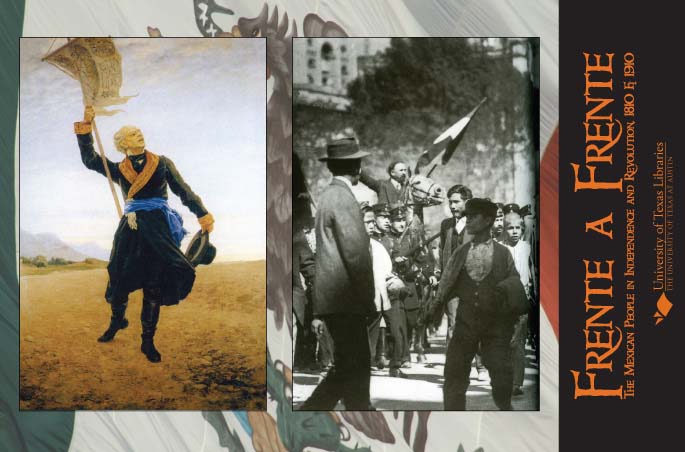
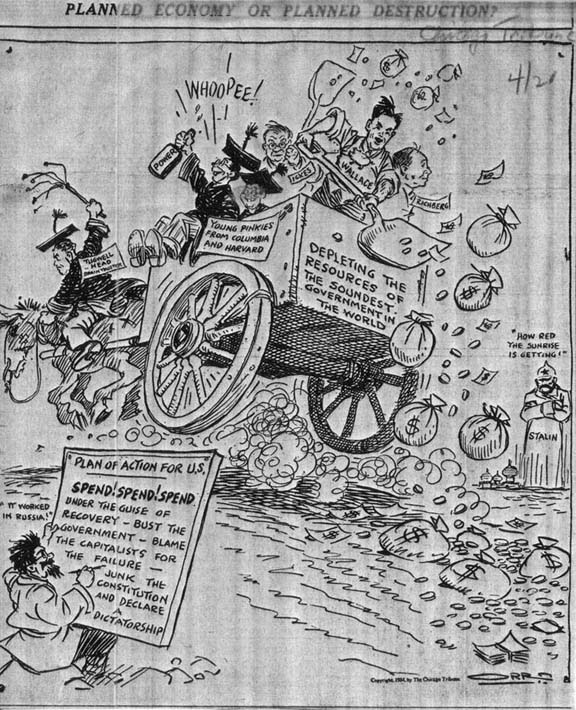
 There is one man, whom I consider Puerto Rico’s foremost military historian, not because of his academic background in history, which he lacks, not because of a large series of books, which he hasn’t authored, but because of his devotion to making sure that Puerto Ricans contribution to military history, under the Spanish and American flags, are known, because of his integrity in sourcing and verifying absolutely everything before putting it out as a fact, and because of his resourcefulness in choosing a new media, Wikipedia to, as President Kennedy would trumpet, to “Let the word go forth from this time and place, to friend and foe alike,” that Puerto Ricans have made major contributions to military history.
There is one man, whom I consider Puerto Rico’s foremost military historian, not because of his academic background in history, which he lacks, not because of a large series of books, which he hasn’t authored, but because of his devotion to making sure that Puerto Ricans contribution to military history, under the Spanish and American flags, are known, because of his integrity in sourcing and verifying absolutely everything before putting it out as a fact, and because of his resourcefulness in choosing a new media, Wikipedia to, as President Kennedy would trumpet, to “Let the word go forth from this time and place, to friend and foe alike,” that Puerto Ricans have made major contributions to military history.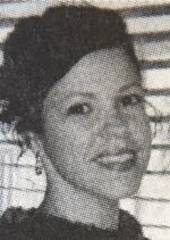
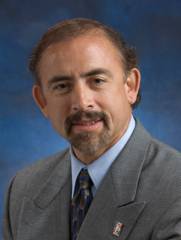
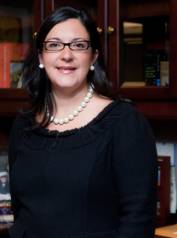
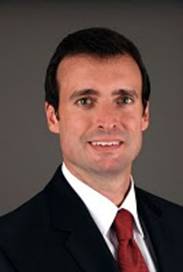
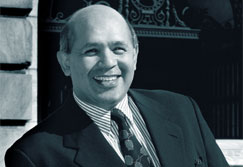
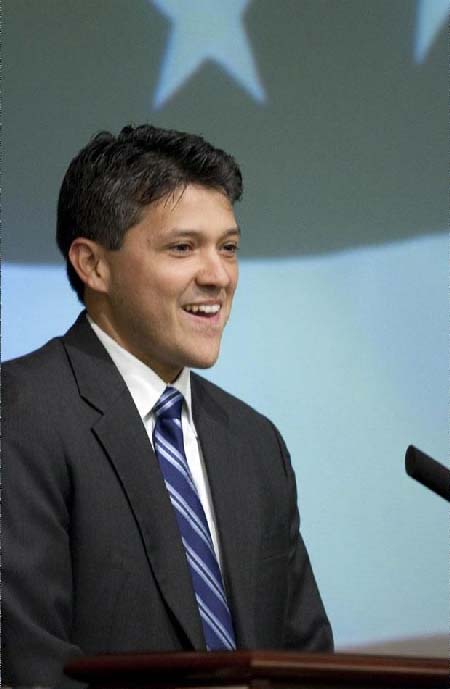 When Sheila Bair was appointed chairwoman of the Federal Deposit Insurance Corp. in 2006, one of her first key decisions was choosing a chief of staff to run the day-to-day operations of her office.
The decision wasn't difficult, Bair said. The right person, she said, was a young man from Austin: Jesse Villarreal Jr.
Bair had worked with Villarreal at the Treasury Department a few years before, and "he was always at the top of my list," Bair said.
"He was the first and only person I talked to about the job."
When Sheila Bair was appointed chairwoman of the Federal Deposit Insurance Corp. in 2006, one of her first key decisions was choosing a chief of staff to run the day-to-day operations of her office.
The decision wasn't difficult, Bair said. The right person, she said, was a young man from Austin: Jesse Villarreal Jr.
Bair had worked with Villarreal at the Treasury Department a few years before, and "he was always at the top of my list," Bair said.
"He was the first and only person I talked to about the job."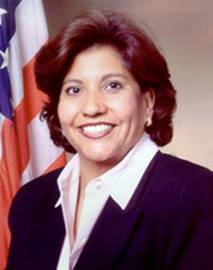
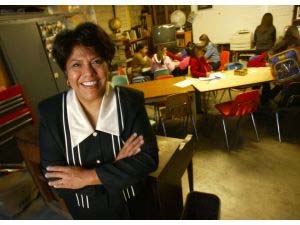 In this 2003 photo, Rose Espinoza, stands in front of her La Habra garage where she started a tutoring program in 1991. The "Rosie's Garage" tutoring program was featured in the Aug.9 issue of People Magazine under the "Heroes Among Us" section.
Kevin Sullivan, The Orange County Register, Orange, California
In this 2003 photo, Rose Espinoza, stands in front of her La Habra garage where she started a tutoring program in 1991. The "Rosie's Garage" tutoring program was featured in the Aug.9 issue of People Magazine under the "Heroes Among Us" section.
Kevin Sullivan, The Orange County Register, Orange, California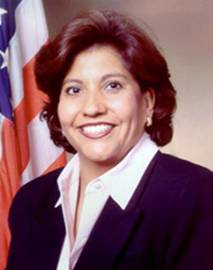

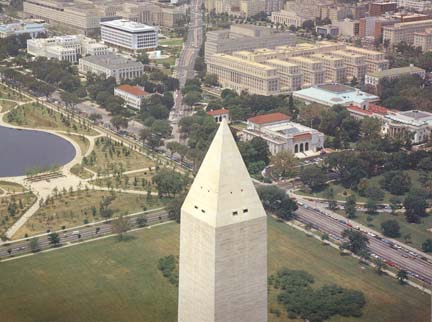
 From atop this magnificent granite and marble structure, visitors may take in the beautiful panoramic view of the city with its division into four major segments. From that vantage point, one can also easily see the original plan of the designer, Pierre Charles l'Enfant .... a perfect cross imposed upon the landscape, with the White House to the north. The Jefferson Memorial is to the south, the Capitol to the east and the Lincoln Memorial to the west.
From atop this magnificent granite and marble structure, visitors may take in the beautiful panoramic view of the city with its division into four major segments. From that vantage point, one can also easily see the original plan of the designer, Pierre Charles l'Enfant .... a perfect cross imposed upon the landscape, with the White House to the north. The Jefferson Memorial is to the south, the Capitol to the east and the Lincoln Memorial to the west.
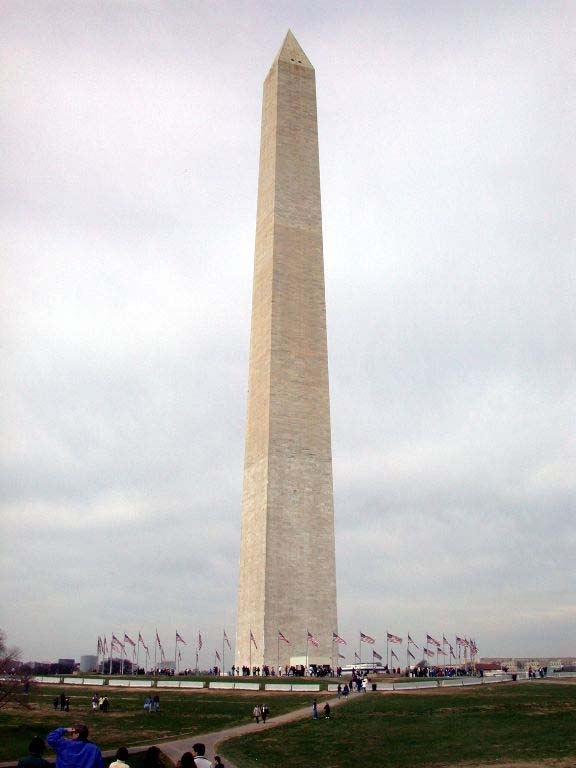
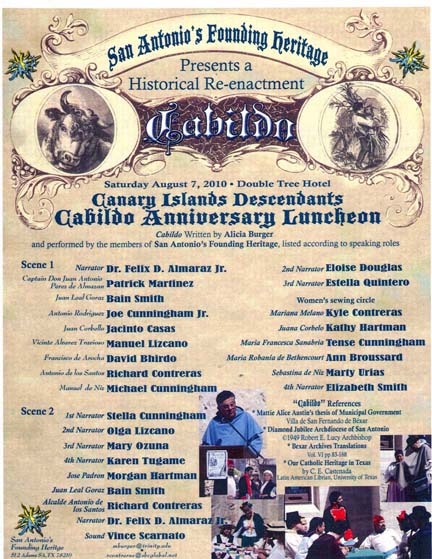
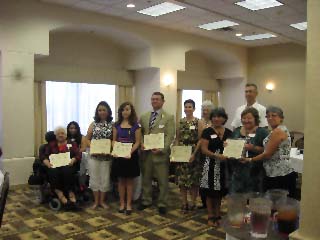
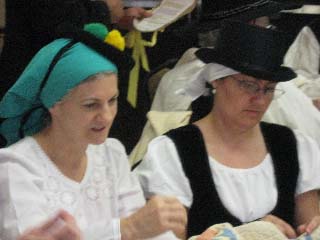
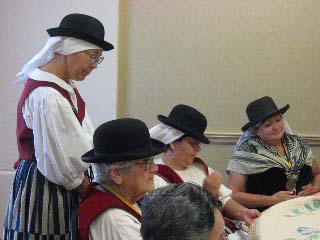
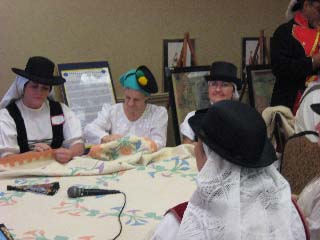
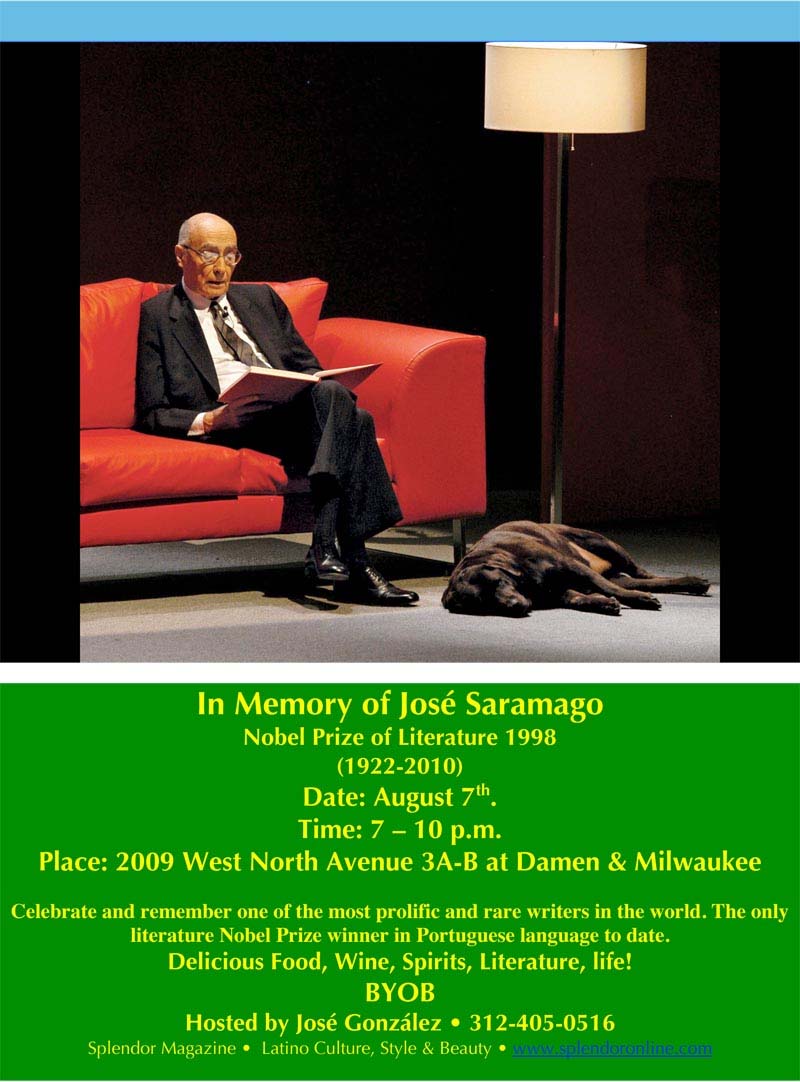
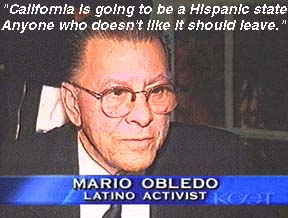
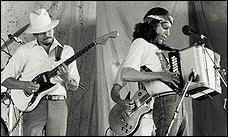
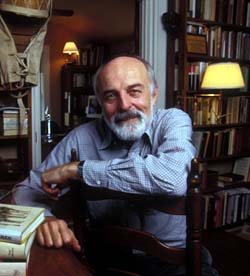

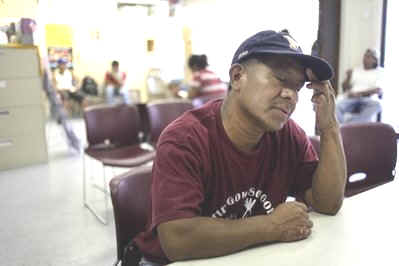 Aug. 4, 2010 photo, Isaias Lozano shows a reporter where he was wounded during a robbery.
Aug. 4, 2010 photo, Isaias Lozano shows a reporter where he was wounded during a robbery.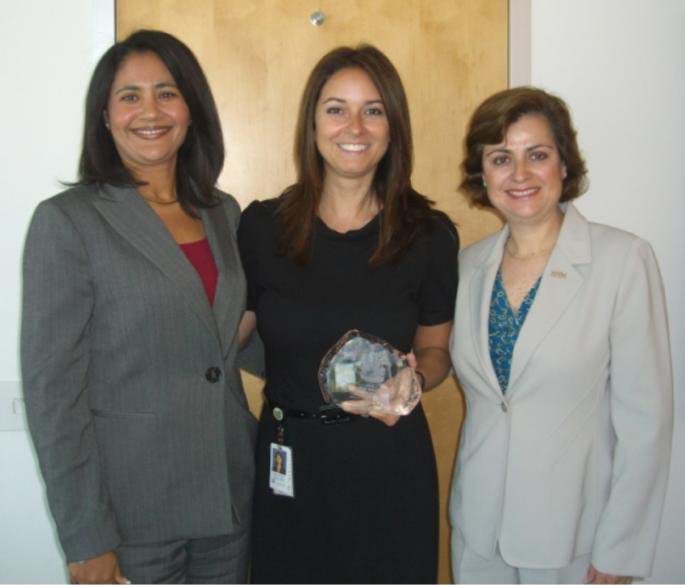
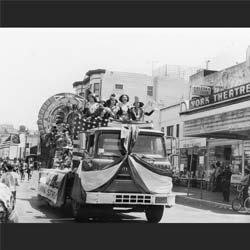 This year marks the 40 anniversary of El Tecolote, the Mission District's own bilingual weekly newspaper. For many years El Tecolote was the only news outlet capturing the day-to-day life of the Latino community in San Francisco. El Tecolote's photo archive tells the story of the political, cultural and social development of that community. In celebration of 40 years of service, the MCCLA presents Imagining the Mission: Pasado, Presente, Futuro an exhibition featuring images from the the archive and past El Tecolote staff, photos from present day staffers, and the work of local youth.
This year marks the 40 anniversary of El Tecolote, the Mission District's own bilingual weekly newspaper. For many years El Tecolote was the only news outlet capturing the day-to-day life of the Latino community in San Francisco. El Tecolote's photo archive tells the story of the political, cultural and social development of that community. In celebration of 40 years of service, the MCCLA presents Imagining the Mission: Pasado, Presente, Futuro an exhibition featuring images from the the archive and past El Tecolote staff, photos from present day staffers, and the work of local youth. 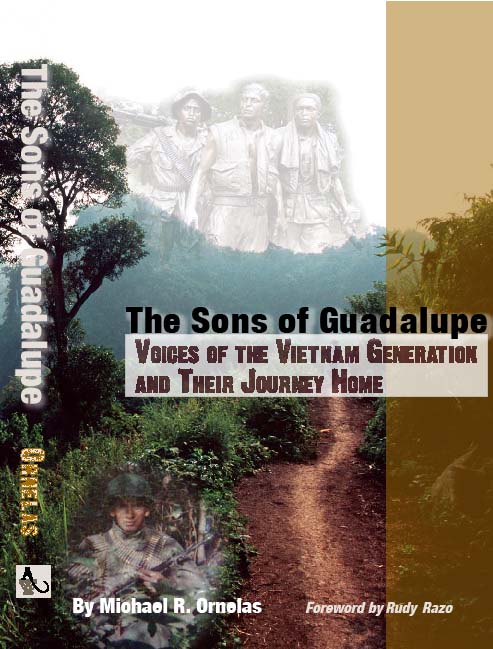
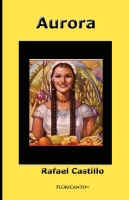
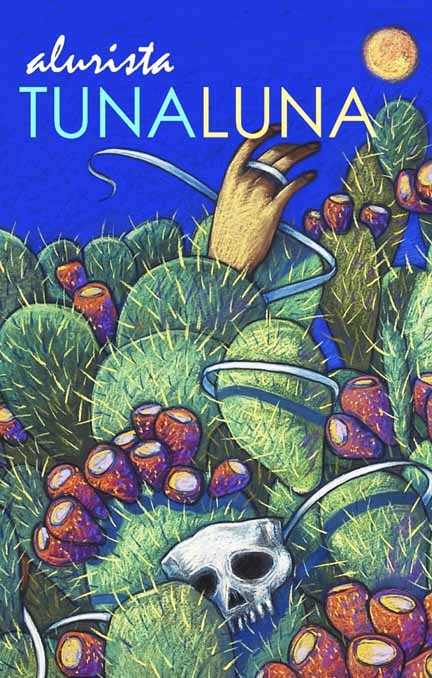
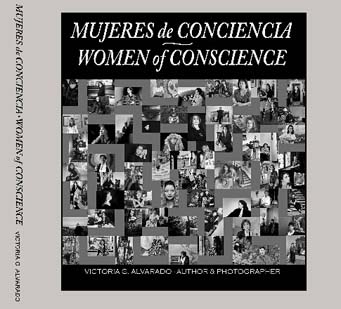









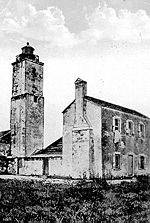
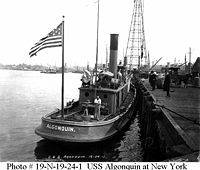
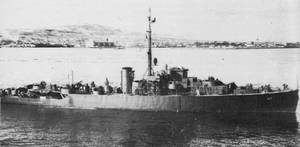

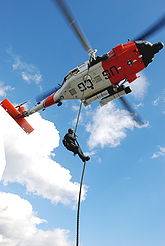

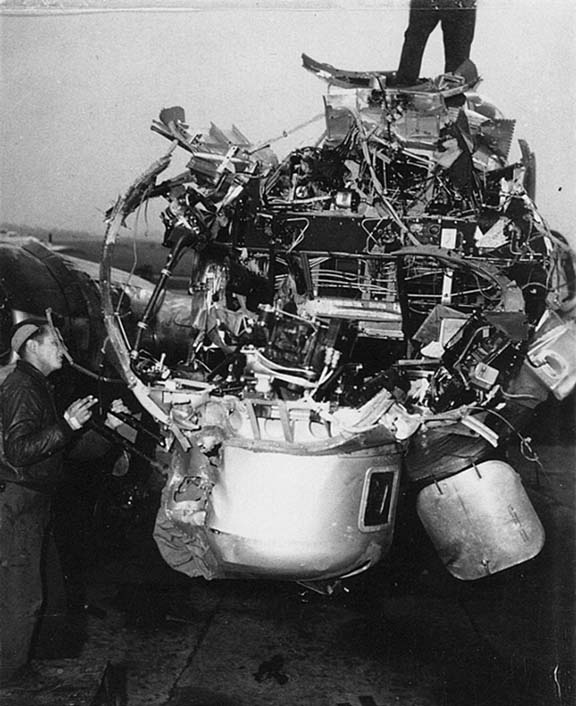 TO: STARS AND STRIPES
TO: STARS AND STRIPES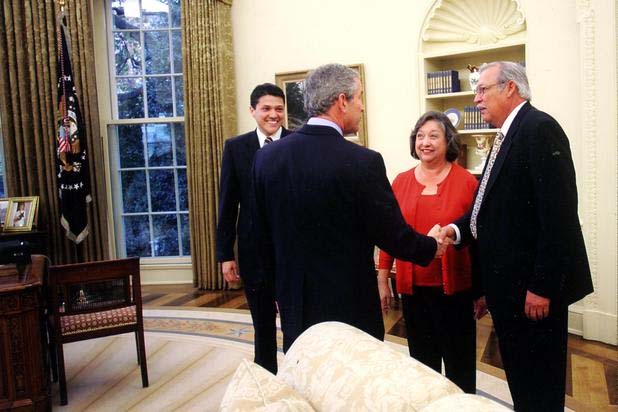
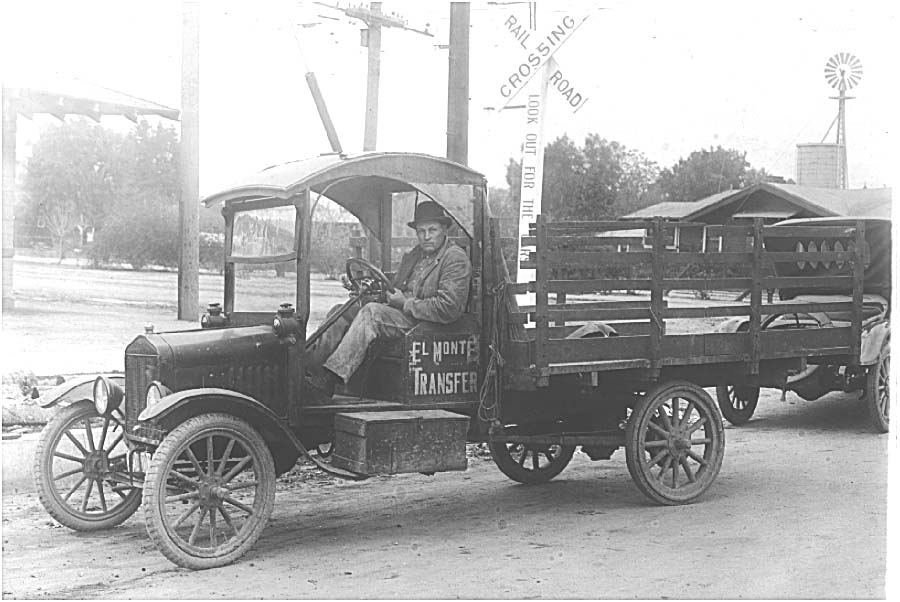



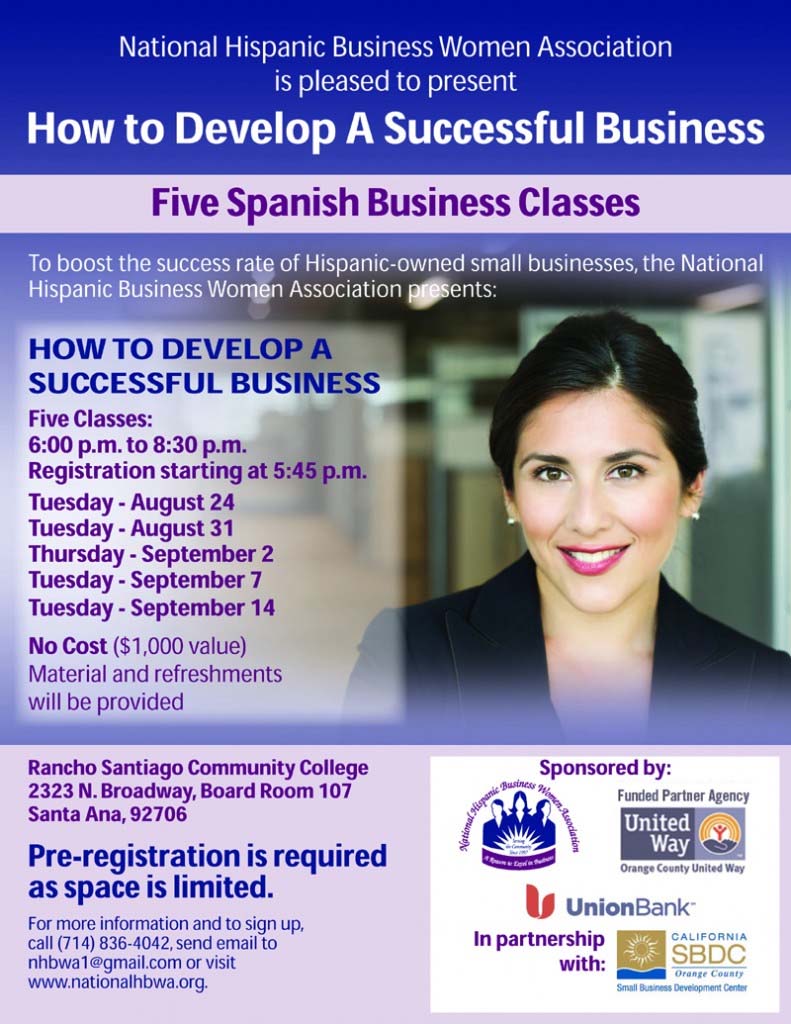

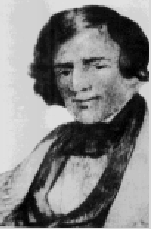 In more recent times, during the era of the "Missions"
(1770’s to 1830’s) and the "Land Grant" ranchos (1830’s
and 40’s), El Monte continued to serve as a natural resting place for
whatever weary journeyer came its way. In 1826, the famous mountain man
and explorer, Jedediah Smith, led a small party of Americans into the
area. One among his party was a diarist by the name of Harrison Rogers,
who referred to the rest and rehabilitation afforded by "Camp
Monte" or "Monte Camp".
In more recent times, during the era of the "Missions"
(1770’s to 1830’s) and the "Land Grant" ranchos (1830’s
and 40’s), El Monte continued to serve as a natural resting place for
whatever weary journeyer came its way. In 1826, the famous mountain man
and explorer, Jedediah Smith, led a small party of Americans into the
area. One among his party was a diarist by the name of Harrison Rogers,
who referred to the rest and rehabilitation afforded by "Camp
Monte" or "Monte Camp".
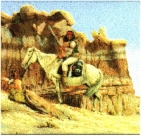 One such group of pioneer travelers had left
their old home in Iowa to come to the gold fields of California. But
after 14 months of bone-wearying travel across vast mountains and
deserts, and tragic deprivations at the hands of hostile Apaches, the
Thompson Party (Family), water-famished and dead-tired, vowed not to
search for gold but rather to settle at the first spot which offered a
permanent supply of fresh water and a sufficiency of soil to provide
farming possibilities.
One such group of pioneer travelers had left
their old home in Iowa to come to the gold fields of California. But
after 14 months of bone-wearying travel across vast mountains and
deserts, and tragic deprivations at the hands of hostile Apaches, the
Thompson Party (Family), water-famished and dead-tired, vowed not to
search for gold but rather to settle at the first spot which offered a
permanent supply of fresh water and a sufficiency of soil to provide
farming possibilities.
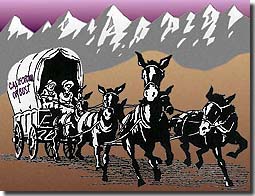 And so it was that the Thompson’s, in 1851, crossed
the San Gabriel River, entered into the "island" and found the
opportunities for a home in California. By putting down their roots they
began the development of the permanent community of El Monte.Additional pioneer settlers arrived in El Monte within
the year following the Thompsons. Like the Thompsons, these small
groups, suffering deeply from their parched passage through the
California deserts, had committed to taking residence at the first
source of abundant fresh water. Most notable among these next arrivals
was the Johnson Party (1852) under the able leadership of one Captain
Johnson, late of Lexington, Kentucky.
And so it was that the Thompson’s, in 1851, crossed
the San Gabriel River, entered into the "island" and found the
opportunities for a home in California. By putting down their roots they
began the development of the permanent community of El Monte.Additional pioneer settlers arrived in El Monte within
the year following the Thompsons. Like the Thompsons, these small
groups, suffering deeply from their parched passage through the
California deserts, had committed to taking residence at the first
source of abundant fresh water. Most notable among these next arrivals
was the Johnson Party (1852) under the able leadership of one Captain
Johnson, late of Lexington, Kentucky.
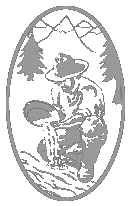 After a cursory exploration of the gold fields to the
north, Captain Johnson returned to El Monte and the more realistic
promise of land and agriculture. There, his natural leadership ability
exerted its influence on what was a budding village of pioneers. At this
point, (early 1850’s) no more than a dozen small families comprised
the entire permanent population of the "island" of El Monte.
At his suggestion, and because of his popularity with the other
settlers, Captain Johnson proposed that the village be named
"Lexington". The villagers readily concurred, as the name in
their minds, paid honor to the birthplace of their leader and also,
echoed the name of one of the legendary places in the Revolutionary War.
After a cursory exploration of the gold fields to the
north, Captain Johnson returned to El Monte and the more realistic
promise of land and agriculture. There, his natural leadership ability
exerted its influence on what was a budding village of pioneers. At this
point, (early 1850’s) no more than a dozen small families comprised
the entire permanent population of the "island" of El Monte.
At his suggestion, and because of his popularity with the other
settlers, Captain Johnson proposed that the village be named
"Lexington". The villagers readily concurred, as the name in
their minds, paid honor to the birthplace of their leader and also,
echoed the name of one of the legendary places in the Revolutionary War.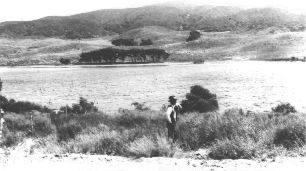 It is a story of repeated floods and droughts, where
El Monte, as throughout its turbulent geologic past, was subjected to
the vagaries of meandering (and sometimes rampaging) rivers.
It is a story of repeated floods and droughts, where
El Monte, as throughout its turbulent geologic past, was subjected to
the vagaries of meandering (and sometimes rampaging) rivers.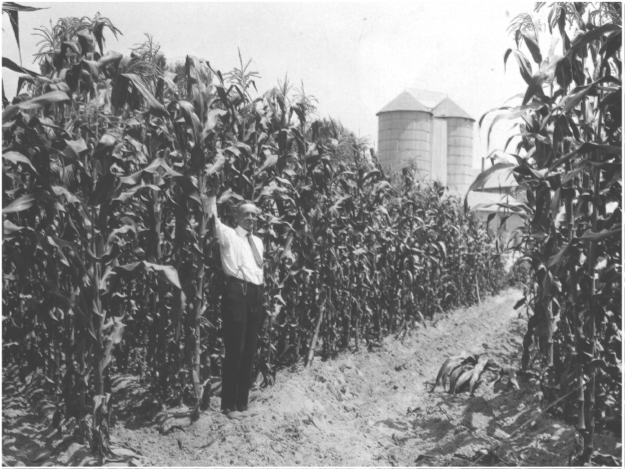 With the advent of the 20th century, El Monte
continued to grow and prosper. Agriculture remained at the core of its
economy. Earlier field crops gave way to fruit orchards, walnut groves,
truck farms, hay fields, and an increasing dairy industry. One
commercial seed company leased large tracts of fertile land in the
southern part of the "island" and grew breathtaking plots of
flowering plants for seed production. During blooming season, these
fields of blossoms - precisely laid out in geometric patterns - were
visited by people from all over the San Gabriel Valley. The farm workers
employed to tend these magnificent floral gardens affectionately named
the area Las Flores - a name which persists today in designating that
part of the "island" of El Monte.
With the advent of the 20th century, El Monte
continued to grow and prosper. Agriculture remained at the core of its
economy. Earlier field crops gave way to fruit orchards, walnut groves,
truck farms, hay fields, and an increasing dairy industry. One
commercial seed company leased large tracts of fertile land in the
southern part of the "island" and grew breathtaking plots of
flowering plants for seed production. During blooming season, these
fields of blossoms - precisely laid out in geometric patterns - were
visited by people from all over the San Gabriel Valley. The farm workers
employed to tend these magnificent floral gardens affectionately named
the area Las Flores - a name which persists today in designating that
part of the "island" of El Monte. 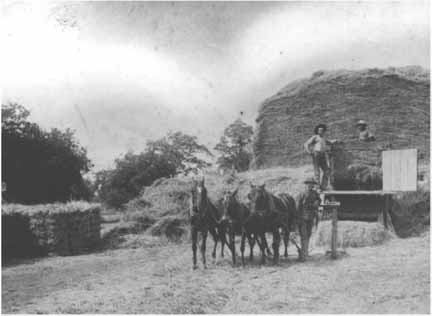
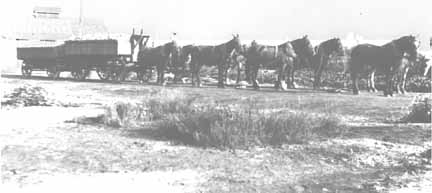
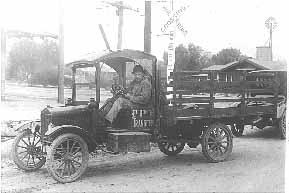
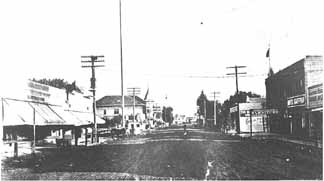
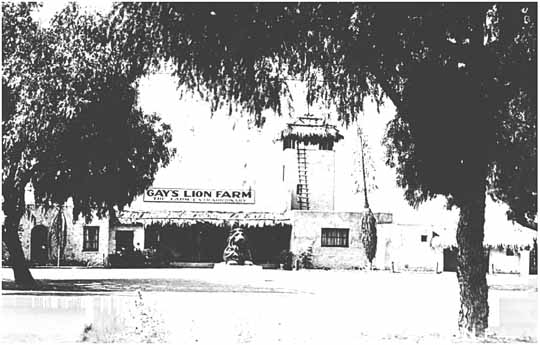 The arrival in 1923 of the famous Gay’s Lion Farm
brought El Monte an outstanding tourist attraction. For the next 20
years, El Monte was to experience a continuing influx of visitors who
came from everywhere to see this "one and only" exhibit.
Gay’s Lion Farm has been likened to the Disneyland of the 1920’s and
30’s.
The arrival in 1923 of the famous Gay’s Lion Farm
brought El Monte an outstanding tourist attraction. For the next 20
years, El Monte was to experience a continuing influx of visitors who
came from everywhere to see this "one and only" exhibit.
Gay’s Lion Farm has been likened to the Disneyland of the 1920’s and
30’s.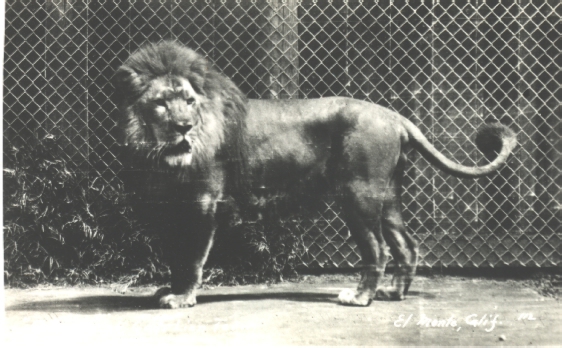 World War II saw the demise of the Lion farm. With the
strict rationing of (horse) meat and of gasoline, the establishment
closed its doors for the "duration" and the lions were farmed
out to public zoos throughout the country. It was the sincere ambition
of the Gays to reopen the Farm when the war ended, however, by 1945 and
the War’s end; Mr. Gay’s health had begun to fail and his hopes to
resume the spectacular showplace failed with it. Today, the only trace
of this historic El Monte enterprise is the noble statue of a giant
African lion, which had guarded the entrance to the Lion Farm from 1923
until 1946. All remainders of the Farm are gone with the exception of
the magnificent statue, which has been relocated on the present grounds
of El Monte High School. There it stands, gleaming golden in the
sunlight in its eternal vigilance at the portals of the Lion campus. In
1979, the lion statue was designated as an official Historical Monument
and a bronze plaque, duly inscribed with factual significance, was
affixed to the pedestal on which the Lion rests.
World War II saw the demise of the Lion farm. With the
strict rationing of (horse) meat and of gasoline, the establishment
closed its doors for the "duration" and the lions were farmed
out to public zoos throughout the country. It was the sincere ambition
of the Gays to reopen the Farm when the war ended, however, by 1945 and
the War’s end; Mr. Gay’s health had begun to fail and his hopes to
resume the spectacular showplace failed with it. Today, the only trace
of this historic El Monte enterprise is the noble statue of a giant
African lion, which had guarded the entrance to the Lion Farm from 1923
until 1946. All remainders of the Farm are gone with the exception of
the magnificent statue, which has been relocated on the present grounds
of El Monte High School. There it stands, gleaming golden in the
sunlight in its eternal vigilance at the portals of the Lion campus. In
1979, the lion statue was designated as an official Historical Monument
and a bronze plaque, duly inscribed with factual significance, was
affixed to the pedestal on which the Lion rests. The states of Texas and California have much in common historically.
Admitted to the Union within five years of each other, both were much
larger in area than any existing state (California was over twice as
big, and Texas more than three times as the then- largest state,
Missouri, and they remained the two biggest states until the admission
of Alaska more than a century later, both were wrested from Mexico
through uprisings led by American-born revolutionaries, both declared
themselves republics before joining the United States, and both later
adopted state flags bearing single stars to symbolize their statuses as
previously independent entities. One curious historical oddity
distinguished California from Texas, however - the design used for
California's state flag was the result of a rather large (and
embarrassing) mistake.
The states of Texas and California have much in common historically.
Admitted to the Union within five years of each other, both were much
larger in area than any existing state (California was over twice as
big, and Texas more than three times as the then- largest state,
Missouri, and they remained the two biggest states until the admission
of Alaska more than a century later, both were wrested from Mexico
through uprisings led by American-born revolutionaries, both declared
themselves republics before joining the United States, and both later
adopted state flags bearing single stars to symbolize their statuses as
previously independent entities. One curious historical oddity
distinguished California from Texas, however - the design used for
California's state flag was the result of a rather large (and
embarrassing) mistake.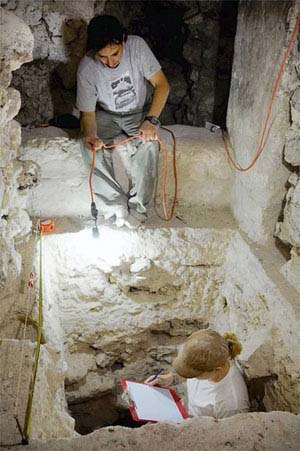

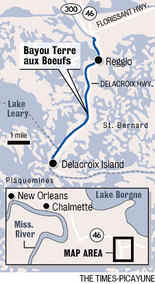 View full
size Marion Post Wolcott, Farm Security AdministrationSpanish muskrat trappers were photographed between 1939 and 1941 returning to their camp on Delacroix Island in their pirogues. "We didn't feel isolated or anything," Serigne said. "To us, living there seemed the way life was supposed to be. It just seemed like someone made a smart decision."
View full
size Marion Post Wolcott, Farm Security AdministrationSpanish muskrat trappers were photographed between 1939 and 1941 returning to their camp on Delacroix Island in their pirogues. "We didn't feel isolated or anything," Serigne said. "To us, living there seemed the way life was supposed to be. It just seemed like someone made a smart decision."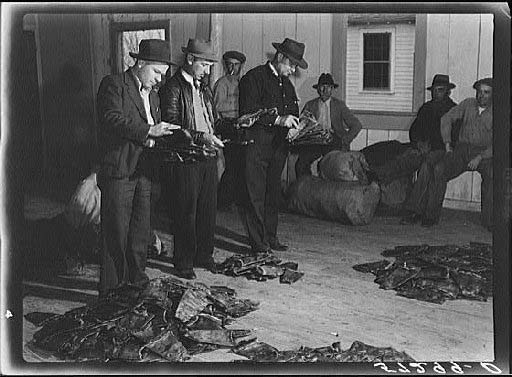 Marion
Post Wolcott, Farm Security Administration
Marion
Post Wolcott, Farm Security Administration 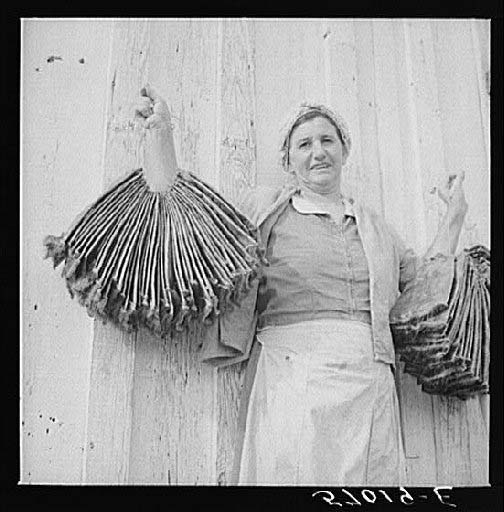
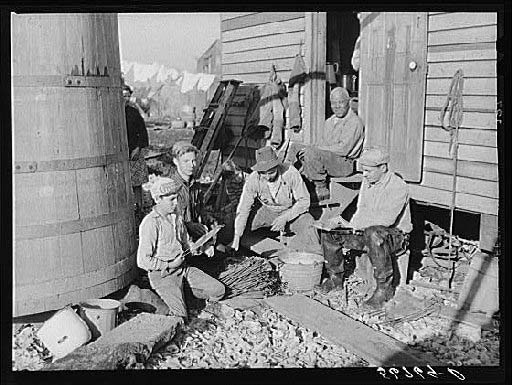
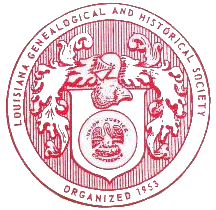
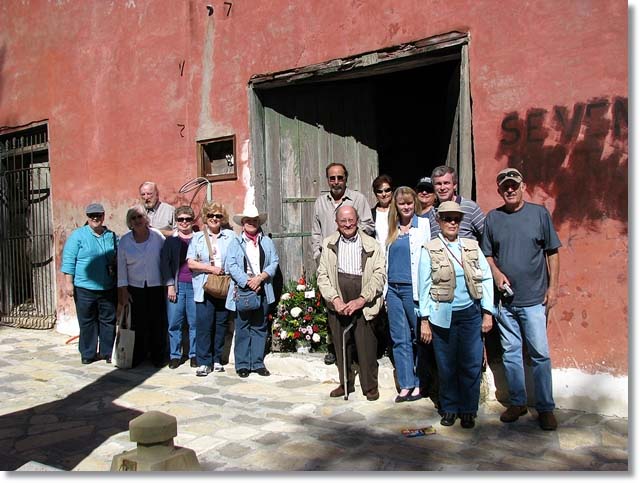
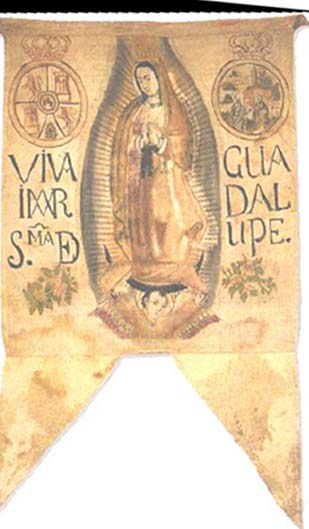
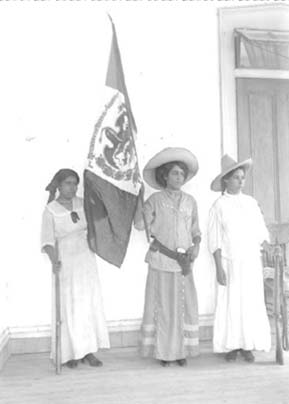

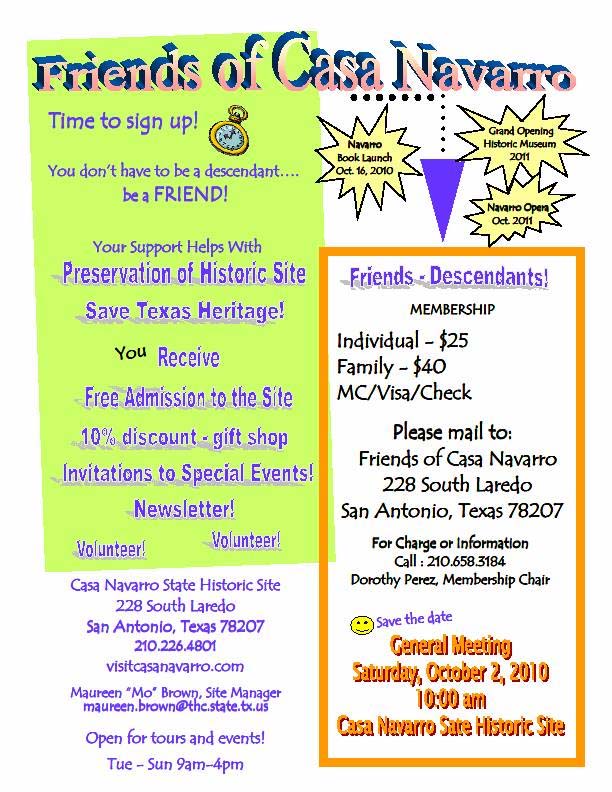
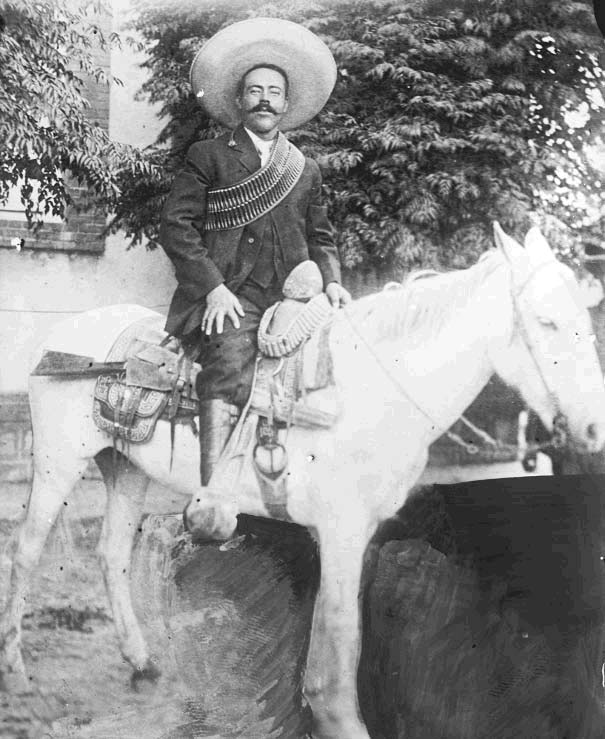
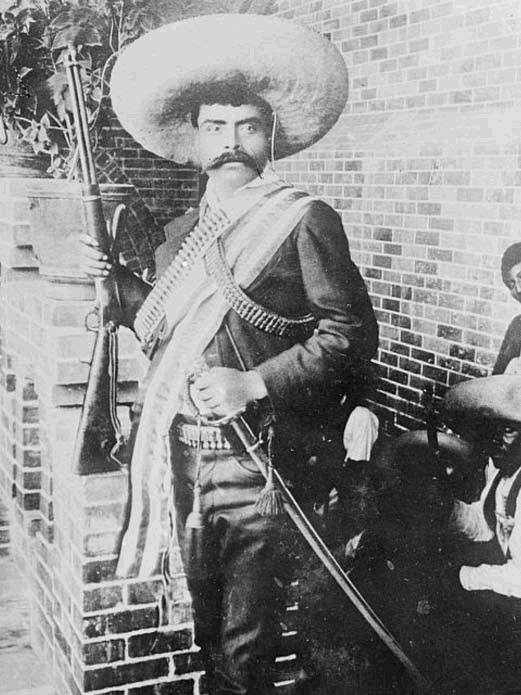
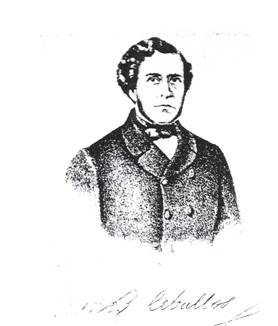
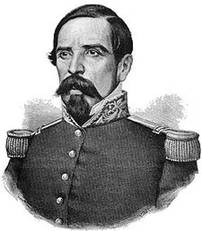
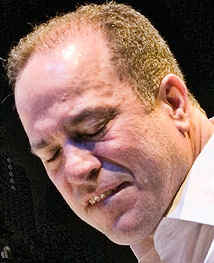 The Capeman is a labor of love by all involved and a treasure not only for the Puerto Rican community but for all theatre-goers. It was presented for a three-day limited engagement at The Public Theatre's Shakespeare in the Park series at Central Park's Delacorte Theare in New York City.
The Capeman is a labor of love by all involved and a treasure not only for the Puerto Rican community but for all theatre-goers. It was presented for a three-day limited engagement at The Public Theatre's Shakespeare in the Park series at Central Park's Delacorte Theare in New York City. In 1992, when career naval officer Dr. Connie Mariano accepted a two-year stint as White House physician during the final days of the first George Bush presidency, she never imagined the gig would last for nine years and span three administrations. Not only did she become the first woman in American history to serve as the primary doctor to the president and the director of the White House Medical Unit, but
she is also the first Filipino-American to serve as a Navy rear admiral. From applying a Band-Aid to the elder Bush's golf blister to drawing Clinton's blood sample during the Monica Lewinsky scandal, the divorced mother of two doled out good medicine for three first families.
In 1992, when career naval officer Dr. Connie Mariano accepted a two-year stint as White House physician during the final days of the first George Bush presidency, she never imagined the gig would last for nine years and span three administrations. Not only did she become the first woman in American history to serve as the primary doctor to the president and the director of the White House Medical Unit, but
she is also the first Filipino-American to serve as a Navy rear admiral. From applying a Band-Aid to the elder Bush's golf blister to drawing Clinton's blood sample during the Monica Lewinsky scandal, the divorced mother of two doled out good medicine for three first families.